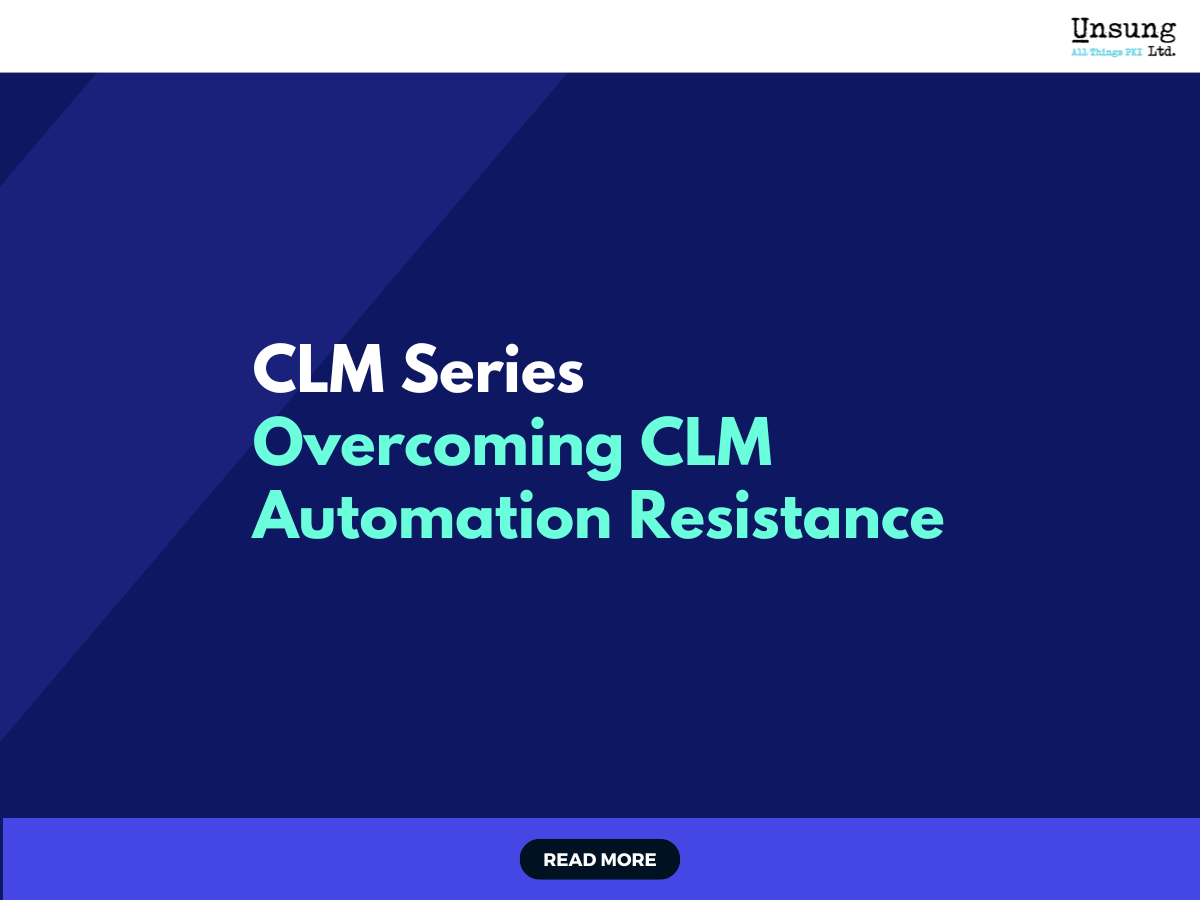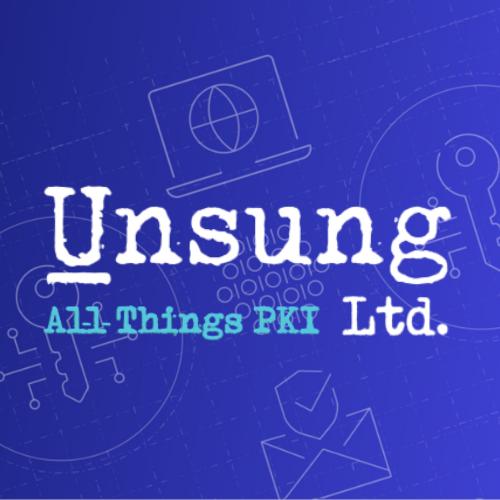Overcoming Resistance to Automation in Certificate Management
Introduction
Automation in Certificate Lifecycle Management (CLM) can significantly improve security, efficiency, and scalability. However, some teams resist automation due to concerns over control, visibility, or potential errors. Overcoming this resistance is key to successful CLM adoption, particularly in environments where manual processes have been in place for years and are seen as reliable despite their limitations. Addressing these concerns early, with clear communication and evidence of automation’s benefits, can smooth the transition and encourage buy-in from all stakeholders.
Understanding the Concerns
Common reasons for resistance include:
- Fear of losing manual oversight over certificate changes – Teams may be accustomed to reviewing each certificate action individually, and automation can feel like relinquishing control.
- Concerns about automated errors impacting production systems – A single misconfiguration in an automated process could potentially affect hundreds or thousands of certificates, raising fears about large-scale disruption.
- Misconceptions about security risks introduced by automation – Some stakeholders may believe automation creates new vulnerabilities, when in fact it can strengthen security through consistent policy enforcement and faster incident response.
- Worries about the cost and complexity of new systems – Implementing CLM automation may be seen as an expensive and resource-intensive project, particularly in organisations with limited budgets or competing IT priorities.
Building Trust in Automation
To address these concerns, organisations can:
- Implement approval workflows for sensitive certificate requests – This ensures that high-impact actions, such as revoking production certificates or issuing wildcard certificates, are reviewed by authorised personnel before execution.
- Provide role-based access controls to limit who can issue or revoke certificates – Restricting permissions by role reduces the attack surface and prevents unauthorised or accidental changes.
- Integrate CLM systems with Security Information and Event Management (SIEM) tools for monitoring and auditing – Real-time logging and alerting help security teams maintain oversight and quickly respond to unusual activity.
- Start with non-critical certificates to build confidence before expanding automation – Piloting automation with internal or low-priority certificates allows teams to validate processes and fine-tune policies without putting key systems at risk.
The Role of Access Controls
Modern CLM systems support integration with identity providers such as Active Directory, LDAP, SAML, or OAuth OpenID Connect. This means certificate actions are tied to verified user identities, and granular permissions can be applied to specific functions like issuance, renewal, and revocation. By combining identity-based authentication with role-based authorisation, organisations can ensure only approved users carry out certificate operations. This not only limits risk but also creates a verifiable audit trail that supports compliance and forensic investigations.
Education and Communication
Clear and consistent communication about the purpose, scope, and safeguards of automation is essential for overcoming resistance. Teams should understand not just what automation does, but how it protects security and improves efficiency. This involves providing context on the specific problems automation is solving, how it integrates with existing workflows, and the measures in place to maintain oversight.
Practical steps include:
- Running awareness sessions to explain automation workflows, the approval process, and how exceptions are handled.
- Providing hands-on training so staff can see automation in action, from certificate discovery to renewal.
- Sharing metrics and case studies that show measurable reductions in outages, improved compliance audit results, and faster certificate deployment times.
- Highlighting freed capacity so staff recognise how automation enables them to focus on more strategic tasks, such as policy design and security improvements, instead of repetitive operational work.
When staff see that automation enhances rather than removes their control, they are more likely to support its adoption and become advocates for its wider use.
Conclusion
Resistance to CLM automation often stems from uncertainty, misconceptions, or a perceived loss of control. By combining strong technical safeguards such as approval workflows, role-based access controls, and integration with monitoring tools, organisations can create an environment where automation is both trusted and verifiable.
Equally important is the cultural shift—achieved through education, transparency, and demonstrable results—that reframes automation as a security and efficiency enhancer rather than a threat. When teams understand that automation reduces risk, improves compliance, and frees resources for higher-value work, adoption moves from reluctant acceptance to active support.
Ultimately, successful automation in CLM is not about replacing people; it is about empowering them to operate at a higher strategic level while ensuring certificates are managed with greater speed, accuracy, and resilience.



